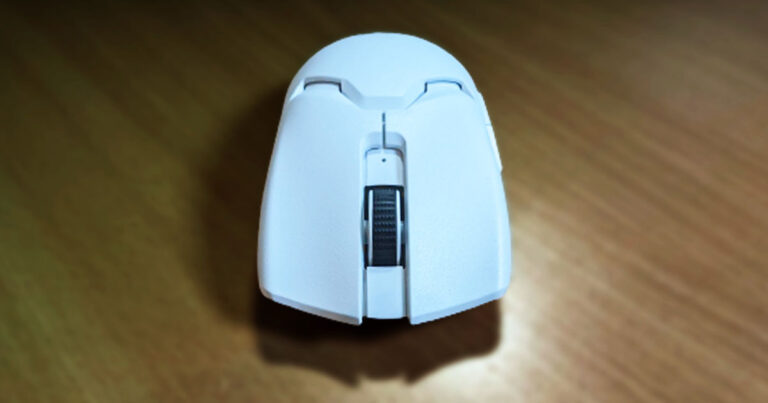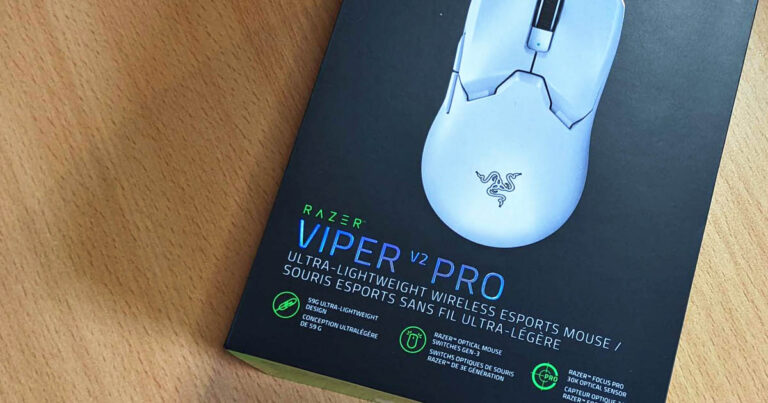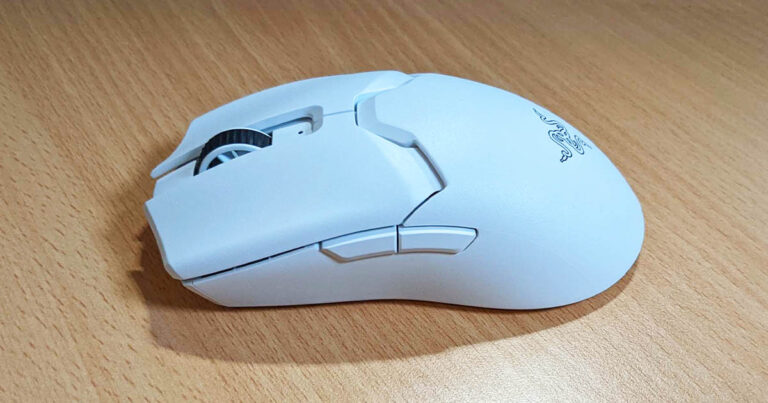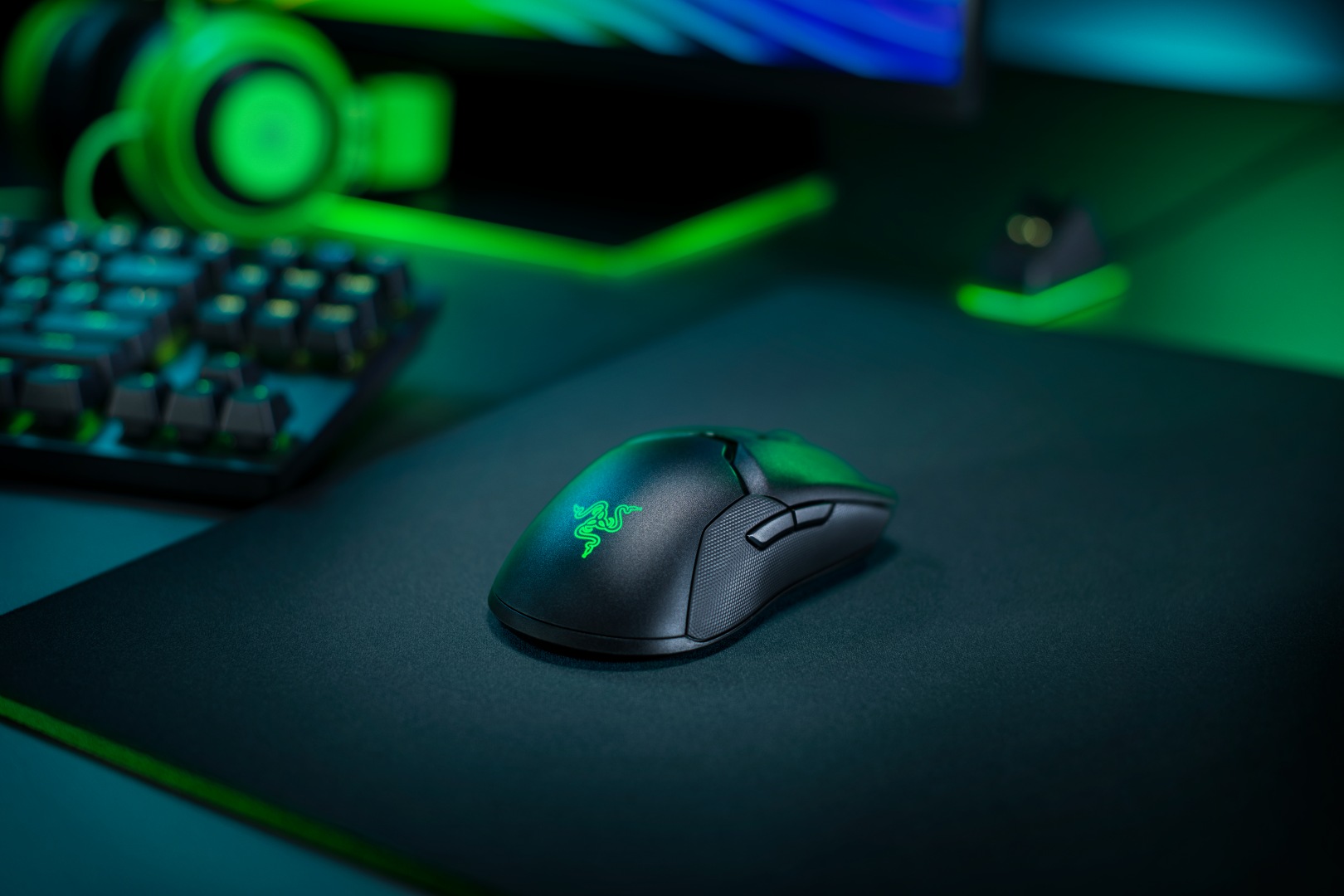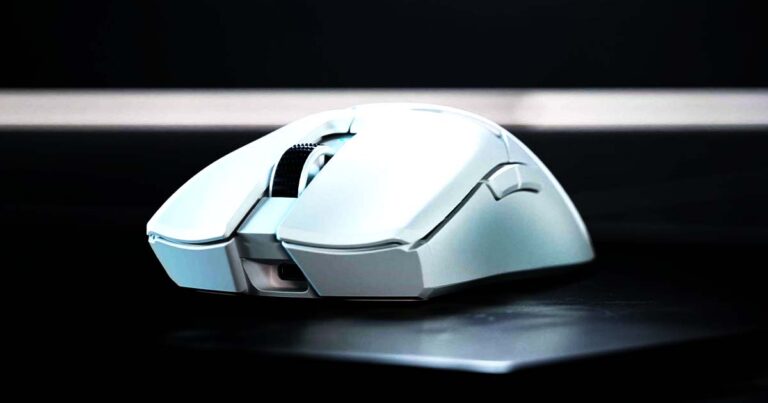Optus Mobile Review ALDI Mobile Review Amaysim Mobile Review Belong Mobile Review Circles.Life Review Vodafone Mobile Review Woolworths Mobile Review Felix Mobile Review Best iPhone Plans Best Family Mobile Plans Best Budget Smartphones Best Prepaid Plans Best SIM-Only Plans Best Plans For Kids And Teens Best Cheap Mobile Plans Telstra vs Optus Mobile Optus NBN Review Belong NBN Review Vodafone NBN Review Superloop NBN Review Aussie BB NBN Review iiNet NBN Review MyRepublic NBN Review TPG NBN Review Best NBN Satellite Plans Best NBN Alternatives Best NBN Providers Best Home Wireless Plans What is a Good NBN Speed? Test NBN Speed How to speed up your internet Optus vs Telstra Broadband ExpressVPN Review CyberGhost VPN Review NordVPN Review PureVPN Review Norton Secure VPN Review IPVanish VPN Review Windscribe VPN Review Hotspot Shield VPN Review Best cheap VPN services Best VPN for streaming Best VPNs for gaming What is a VPN? VPNs for ad-blocking And when it comes to mice, Razer certainly ain’t no slouch either. In 2021, it went all out with the future-proofed Razer Viper 8KHz, and the year before that it was the hugely satisfying ambidextrous Razer Viper Ultimate. Fast-forward to more recent times, and Razer is tempting old and new Viper fans alike with the Razer Viper V2 Pro That said, if you’re in the market for a new gaming mouse, particularly if it’s been a while since your last one or you’re still rocking a wired mouse, Razer has a history of making long-lasting products, so it’s worth the investment. It’s a cinch to set up, too, and works flawlessly with a USB hub if, like me, you have way too many peripherals connected to the back of your PC. The Razer Viper V2 Pro charges with a USB-A to USB-C cable, which also plugs into a mini dock with the 2.4GHz dongle on the other end. Alternatively, connect the 2.4GHz dongle to a spare USB port and charge as require with the USB-C cable. You can use the Razer Viper V2 Pro in wired mode, but you really shouldn’t unless you’re out of juice. Razer claims the wireless battery life lasts up to 80 hours and I believe it. While I disabled the battery-saving settings to ensure consistent performance, it took a week of heavy usage (8+ hours most days) for the low-battery indicator (15%) to pop up. That was without turning the mouse off every day. Colour me very impressed. My biggest issue is one that’s personal preference: the DPI button on the bottom of the mouse. For the Razer Viper V2 Pro, this is now dual-purpose, controlling power on/off and the five default sensitivity settings, which you can also personalise (including limiting it to fewer options). I play games on low DPI to make the most out of my giant mouse mat (and for greater pinpoint accuracy), but I use higher DPI to shift my mouse across three monitors for everyday work. With the Razer Viper V2 Pro, I have to flip it over then test to find the right DPI with default settings. It’s a minor inconvenience that won’t bother set-and-forget mouse users. And here’s what a Razer representative had to say about the decision to keep the DPI button under the mouse. “It’s basically a design choice, whereby we understand from the community that players don’t change their DPI mid-game, and it’s also to prevent users from accidentally changing their DPI. It’s actually not something new, as we have made this decision back with our launch of the Razer Viper Ultimate, whereby we have placed the DPI button at the bottom of the mouse for the same reason.” Speaking of the Razer Viper Ultimate, what’s more upsetting for southpaws is the Razer Viper V2 Pro isn’t an ambidextrous mouse, with the fourth and fifth buttons removed from the right of the mouse. As a right-hander, this isn’t an issue for me, but it’s a shame to see this versatility feature removed in the name of weight reduction, particularly because those buttons on the ultimate never got in the way of my right-handed mousing. On the more impressive front, all of the accessible buttons and the mouse wheel on the Razer Viper V2 Pro benefit from the redesign tweaks, most notably the more pronounced easier-to-feel thumb side buttons. By ditching RGB, the Razer Viper V2 Pro is lighter and uses less battery power. That said, I’ve never come close to running out of juice with the Razer Viper Ultimate—the mouse I use for everyday computing and offline gaming—because I pop it back on the dock whenever it’s not being used. Still, given the long-lasting battery of the Razer Viper V2 Pro, you can expect to get through a multi-hour gaming session even if you’re on low battery. Worst-case scenario, plug it in and play wired while it charges. While the shape and size of the mice is identical, I do appreciate the improvements to the feet for smoother gliding. It may be psychological, but the left and right mouse buttons feel snappier and more responsive on the Razer Viper V2 Pro, and I prefer the more pronounced thumb buttons. As for other upgrades, it’s great to see Razer shift from micro-USB to USB-C, plus the next-gen optical sensor helps on the future-proofing front. Where relevant and possible, we compare the gaming mouse we’re reviewing with the other options we have on hand. Sometimes this might be an earlier generation of the same model, it could be a competitor, or it might be the go-to mice we use for everyday computing and/or gaming. We favour wireless mice over wired mice, but wired gaming mice should have cables that have great reach and flexibility to avoid snags. These days, wireless gaming mice should be just as accurate as wired mice, and we pay close attention to how long the battery drains during our tests. Finally, we also look at companion software to see if it’s easy to configure and personalise a mouse to a user’s particular preferences.
